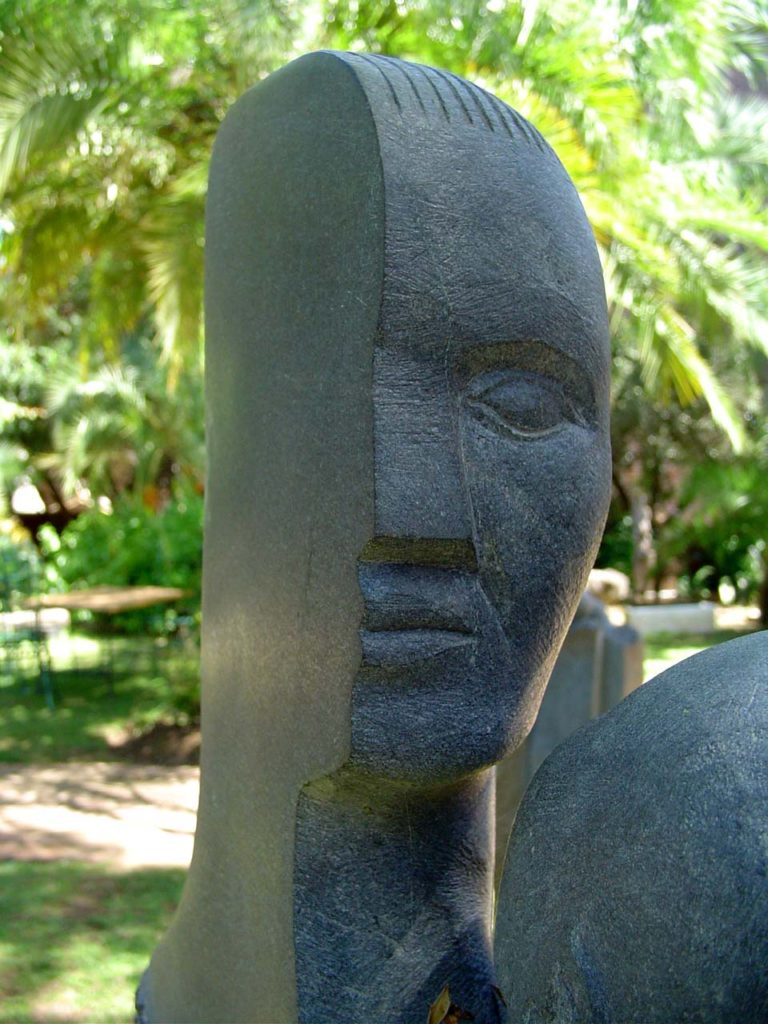Decolonising the design curriculum

After 10 years as a design lecturer in Zimbabwe, I quit, leaving the country in 2002 to do an MA in Design Leadership at Middlesex University. I had half thought I would return to both the country and to teaching but as it turned out, my MA dissertation marked the end of my career in education. The culmination of two-years study was a workshop for students that aimed to offer a more decolonised design curriculum – I didn’t use that specific language.
The workshop is very specific to time and place, even more so as we travel through the pandemic’s gateway – how will education respond to this? But we still work in world where colonial, patriarchal and capitalist systems are alive and kicking. It stands to reason that we have to include the interrogation and dismantling of this stuff in our pedagogy.
The workshop had some valid arguments in it and was good on contextualising design and design education in Zimbabwe. It was also inevitably flawed. I am a white, British, female graphic designer and educator and my experience is located in the 90s in Zimbabwe. I was working in a racialised society where white privilege and power had not been relinquished and where colonial practices and mentalities persisted. Try as I may, I could only ever problematise the situation from a white position. And as much as I understood the desire to look inwards to Africa, I could never access that experience.
With that caveat, there are some interesting ideas in the workshop. I took a central position that it is necessary to decolonise the design agenda from one that serves only neoliberal interests to one that serves all communities. The workshop was designed to test my theory that introducing culturally-orientated teaching methods and setting activities that require students to look at the world around them would influence how students understood design practice and their role in it. The workshop also moves teaching practice from traditional to reflexive and so shifts power and cultural authority.
I argue that we, as design educators, should:
- Re-think how we teach, including assessment, to avoid replicating power inequalities. Introduce reflexive practice. Teach collaboratively.
- Decolonise students’ experience of learning to reduce power inequalities and increase critical thinking. Validate students’ own experiences and what they bring to design.
- Decolonise the design agenda from one that serves only free market capitalism to one that serves all and in particular marginalised communities – reframe the purpose. Encourage students to walk in others’ shoes. Centre those we are designing for (see Design Justice Network, 10 principles for rethinking design processes).
- Diversify resources by including local/indigenous/traditional stories, histories, viewpoints, knowledge production and practice.
